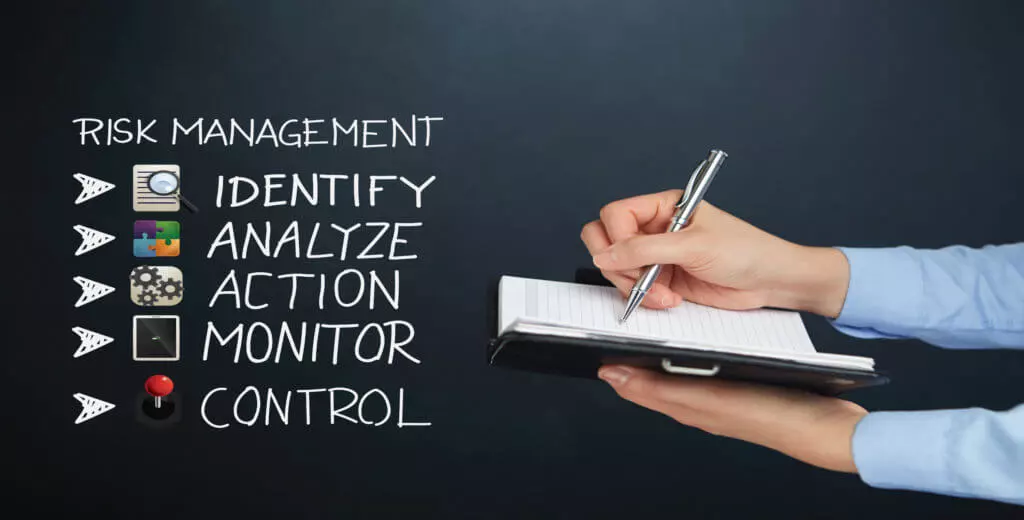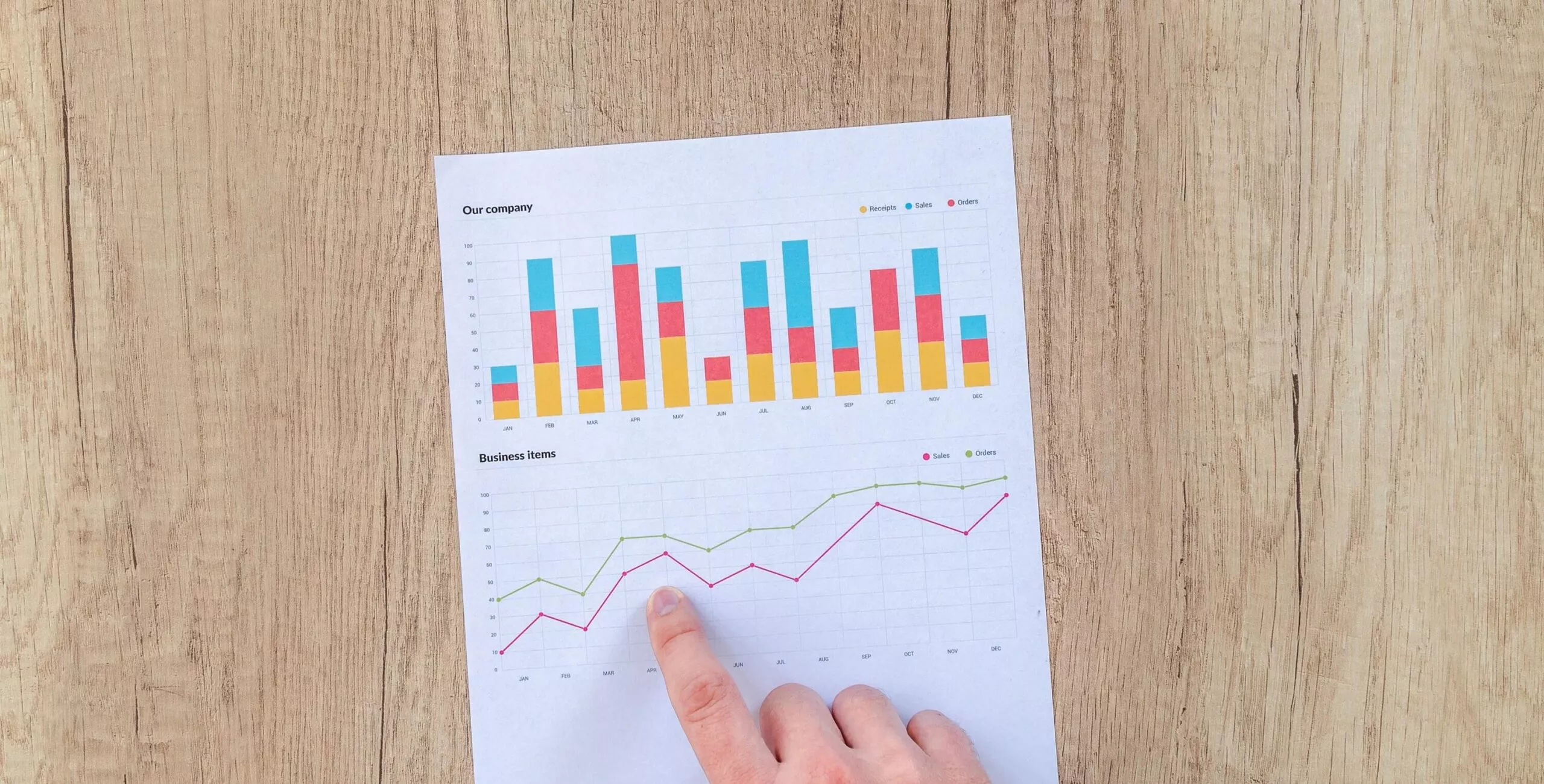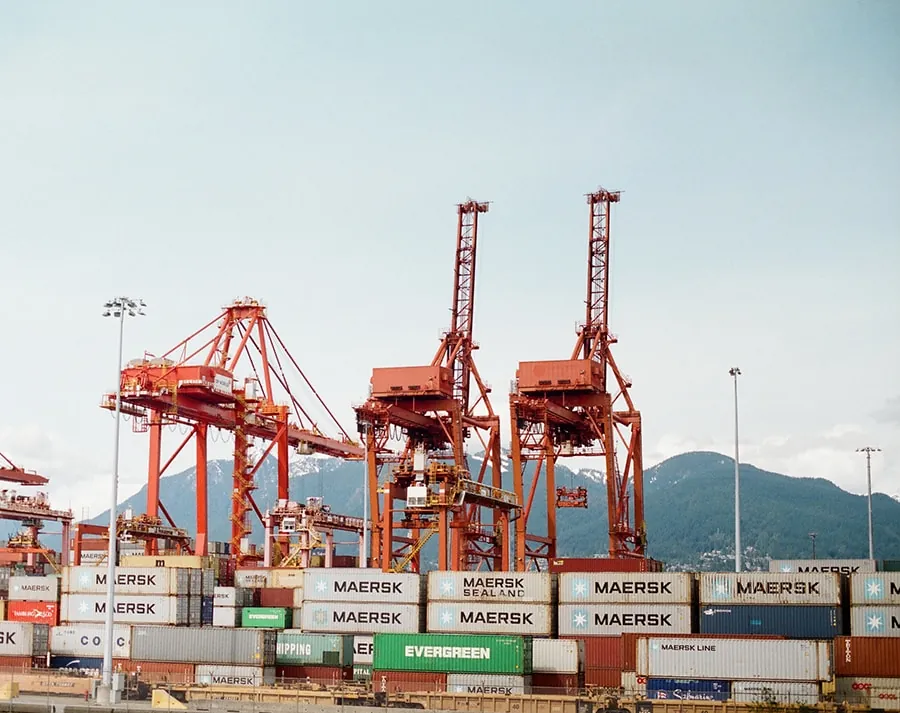Did you know? The Federal Highway Administration has mandated the development of a risk-based asset risk management plan for State DOTs.
Every municipality manages, monitors, and maintains various infrastructure equipment and assets that are spread across locations and have a limited service life. Ensuring optimum utilization of these assets till they reach their full-service life and preparing for their replacement requires a road map that efficiently integrates risk mitigation and ensures satisfactory levels of service.
What is Asset Risk Management?
Asset risk management is the process of identifying, assessing, and mitigating risks associated with an organization’s assets. These assets can be physical, such as buildings and equipment, or intangible, such as intellectual property and data. The goal of asset risk management is to protect the value of these assets and ensure that they are used effectively to achieve the organization’s objectives
Which Assets Must be Considered When Using Asset-Based Risk Assessment?
When assessing risk based on assets, it’s important to consider both tangible and intangible items. Tangible assets include physical things like buildings, machinery, and infrastructure—basically, anything you can touch or see. Intangible assets, on the other hand, are harder to measure but just as important. These include things like your company’s data, intellectual property (like patents or trademarks), and even your brand’s reputation. All of these factors play a role in understanding and managing the risks your business might face.
How Asset Risk Management Works?
Asset risk management focuses on understanding the assets, their supporting systems, and how they fit into the business as a whole. It considers risks related to acquiring and disposing of assets, as well as the risks tied to day-to-day operations, asset importance, and the availability of spare parts. These factors play a big role in decisions about maintenance, investments, and other asset management choices.
What Does Asset Risk Management Look Like in Action?
Asset risk management involves identifying and evaluating the risks tied to an organization’s assets. It’s about assessing potential issues that could arise from those assets and planning for the consequences. These risks may range from social and environmental impacts to legal, financial, and reputational concerns.
In the past, asset management and risk management were often handled separately. However, combining them has become necessary for better overall decision-making. Today, risk management is frequently integrated into asset management processes, making it an essential part of how assets are managed.
A solid asset risk management plan includes both a top-down and a bottom-up approach.
- Top-Down: This method focuses on identifying major risks that could affect the business on a larger scale, like natural disasters (e.g., earthquakes or severe weather) or other events that might disrupt operations. This approach helps businesses prepare for catastrophic events that could affect the entire organization.
- Bottom-Up Approach: On the other hand, the bottom-up approach focuses on day-to-day issues within the organization. These might not seem like major threats initially, but they could signal underlying risks that need attention. This approach is useful for spotting smaller problems that could escalate over time.
To manage risks in a clear and organized way, businesses should create a solid risk management framework. This helps asset managers identify and plan for risks while ensuring that all stakeholders are considered. It also allows businesses to monitor risks and adjust strategies as needed.
Here are the important parts of a risk management framework:
- Risk Process: A structured approach to understanding and managing risks, often using tools and templates based on standards like ISO 31000. This process includes guidance on how to monitor, review, and communicate risks.
- Risk Registers: These are tools used to track risks, from spotting potential problems to analyzing their effects. They also help link risks to specific assets and outline actions to prevent or fix each risk.
- Risk Treatment Cycle: This helps managers decide how to deal with risks based on how much risk the business is willing to accept.
- Risk Monitoring Process: A standard method for reviewing and keeping track of risks to ensure the management plan stays relevant and on track.
Key Components of Asset Risk Management
-
Listing and Recognizing Assets
Start by identifying all digital assets your organization uses. This could include hardware like servers and computers, software applications, data storage systems, and your network setup. Make a clear record of these tounderstand what needs to be protected.
-
Evaluating Risks
Next, assess the risks linked to each asset. This involves looking at possible threats and weaknesses. Think about how valuable each asset is, how important it is for daily operations, and how exposed it might be to different risks.
-
Understanding Threats
Analyze the threats your assets might face. These could range from external dangers like hackers, internal risks such as misuse by employees, to unforeseen events like natural disasters.
-
Spotting Weak Points
Review your assets for vulnerabilities. This includes looking at outdated software, poorly configured hardware, or anything else that could make your system easier to breach.
-
Ranking Risks
After mapping out threats and vulnerabilities, rank the risks based on their likelihood and potential impact. You can use numbers, categories, or a simple scale to decide which ones need urgent attention.
-
Reducing Risks
Take steps to reduce the risks you’ve identified. This might mean strengthening security, updating software, setting up clear policies, or running training sessions for employees. Focus first on the risks that could
cause the most harm. -
Keeping an Eye on Risks
Regularly monitoring risks is important to stay ahead of new threats and vulnerabilities. This helps organizations stay prepared and tweak their risk management plans when needed to handle emerging challenges.
-
Preparing for Security Incidents
Having a solid incident response plan is crucial. This plan should outline the actions to take during a security breach or issue, making it easier to safeguard and recover assets quickly without unnecessary delays.
-
Following Rules and Regulations
Asset risk management should also consider the laws and regulations relevant to the industry. Staying compliant ensures that the organization avoids legal troubles while effectively managing risks.
How to Conduct Asset-based Risk Assessment?
- Identify assets: The first step is to identify all of the organization’s assets. This includes both physical and intangible assets.
- Assess risks: Once the assets have been identified, the next step is to assess the risks associated with each asset. This includes identifying the threats that could damage or destroy the asset, as well as the likelihood of these threats occurring and the potential impact they could have.
- Mitigate risks: Once the risks have been assessed, the organization can develop and implement strategies to mitigate them. This could include things like insurance, security measures, and maintenance programs.
- Monitor and review: Asset risk management is an ongoing process. The organization should regularly monitor and review its risk management strategies to ensure that they are still effective.
Risk-based asset management is important for all organizations, regardless of size or industry. By effectively managing asset risks, organizations can protect their assets, reduce costs, and improve their overall performance.
6 strategies to integrate Asset Risk Management into Asset Planning
-
Get Key Decision Makers Onboard
When it comes to risk-based asset planning, gaining support from senior leadership is necessary. Top management holds the power to take key decisions so it is important to educate them on the significance of risk mitigation for effective management of systems that make it possible to provide satisfactory service to the community. When top-down support is achieved, it becomes easier to identify and mitigate potential risks.
-
Evaluate the Probability of Risk by Looking at Past Records
While it is not possible to predict disasters and anticipate risks accurately, there are certain surefire ways to develop a disaster recovery plan that addresses lock-down situations and unexpected failures efficiently. EAM software offers valuable insights for identifying risks that your organization can face in future based on records of problems, fixes, failures and upkeep. Data collection is essential to identifying and assessing risk and EAM software quantifies the probability of risk and its consequences accurately to facilitate effective risk mitigation.
-
Anticipate Long-Term Consequences
To anticipate long-term consequences, it is essential to identify the assets that are at the maximum risk of failure and their highest impact in case of failure. This facilitates the accurate allocation of budgets and helps maintain the most critical assets first. Having EAM software makes it easy to prioritize asset investments and also provides accurate performance reports.
-
Prioritize Based on Performance Reports
Once the probability of risk occurrence is estimated and its cost to the project is predicted, organizations can prioritize areas of concern and communicate the risk to stakeholders. Sharing the risk management plans with key stakeholders and community members creates a sense of confidence that the organization is doing everything possible to mitigate risk.
-
Implement a Risk Management Strategy
The risk management strategy must outline the steps that need to be taken to manage major risks with minimal probability of failure. The plan must include a combination of strategies that focus on ways to avoid risk, if the risk occurs then modify activities to minimize the impact of potential harm and stay prepared for the consequences. Key stakeholders, employees and volunteers should be trained and educated on risk management activities to meet responsibilities efficiently.
-
Review and Revise for Sustainable Success
The implementation phase is the right time to review work status, progress, and project activities and identify impending risks and existing threats. From analyzing client needs and funding constraints to service delivery challenges and external risks, the risk management team must evaluate risk management strategies to ensure their consistency, efficiency, appropriateness and effectiveness.
Enterprise asset management software helps project and prioritize asset maintenance and risk management based on asset lifecycle plans and criticality. When an organization can identify the assets that are at the highest risk of failure and can cause a massive impact, it becomes easier to allocate budget and mobilize resources. NEXGEN EAM software helps organizations achieve just that, empowering them to deliver the results that communities demand on time, every time.
How CMMS Software and Risk Management Work Together?
Managing risks is easier when you have tools that streamline processes and give you useful insights. Computerized Maintenance Management Systems (CMMS) play an important role in risk management by simplifying workflows and improving workplace safety. Let’s break down how these two areas work together:
- Helping You Assess Risks with Data: CMMS software collects and organizes data about maintenance activities, equipment performance, and operational trends. This information can be used to identify potential risks, such as equipment failure or safety hazards. With this insight, businesses can make informed decisions to prevent problems before they escalate.
- Making Workflows Smoother and Consistent: One of the biggest benefits of CMMS software is how it standardizes and automates maintenance tasks. By ensuring that procedures are followed the same way every time, it reduces the chances of human error. Automation also keeps things running efficiently, whether it’s scheduling maintenance, managing inventory, or tracking repairs.
- Boosting Safety and Compliance: A well-maintained environment is a safer one, and that’s where CMMS software plays a big role in improving EHS (Environmental, Health, and Safety) efforts. Tracking safety inspections, alerting teams to overdue tasks, and maintaining compliance records, it support a proactive approach to workplace safety.
Unlock Your Asset’s Full Potential with Smart Risk Management!
See how NEXGEN integrates seamless risk management into your strategy. Want to optimize your approach and reduce risks?





